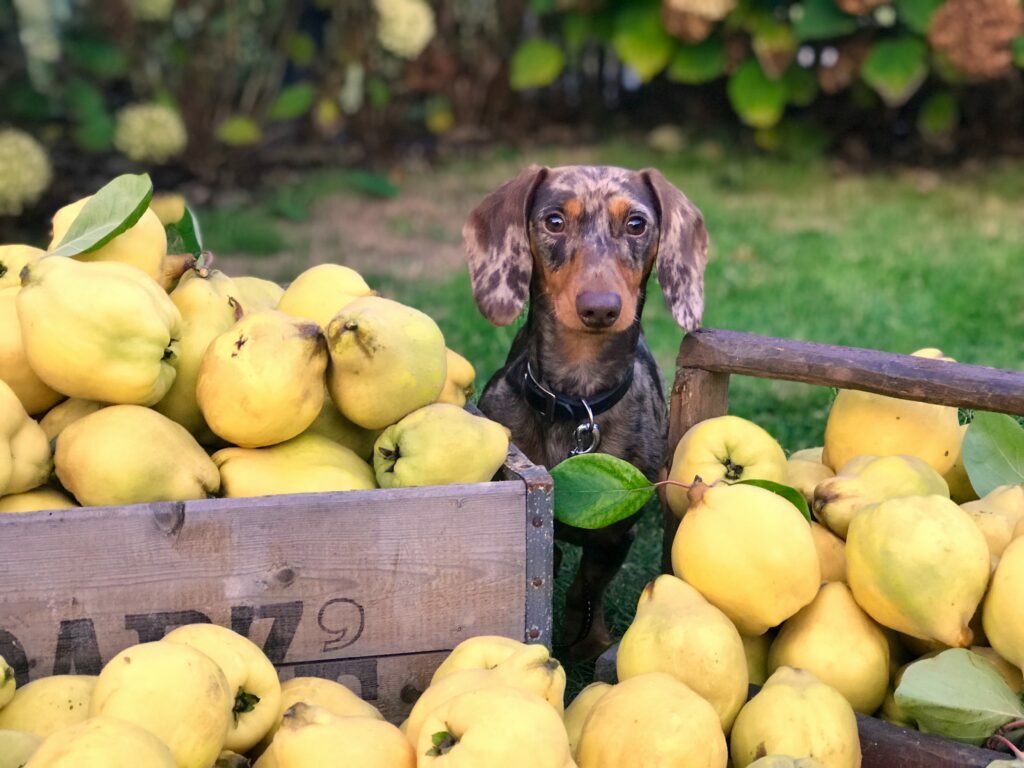As pet owners, we all want to provide our furry friends with the best nutrition possible. While traditional dog food is a staple for many dogs, incorporating fresh fruits and vegetables into their diets can provide numerous health benefits.
In this blog, we will discuss why giving dogs fresh fruits and vegetables is important and how to add them to their diets.
Nutritional Value
Fresh fruits and vegetables are a great source of essential vitamins and minerals, such as vitamin C, potassium, and fiber. These nutrients can help support a dog’s immune system, improve digestion, and maintain overall health.
Antioxidants
Fruits and vegetables are also rich in antioxidants, which help protect against cellular damage and may reduce the risk of certain diseases, such as cancer.
Weight Management
Incorporating fresh produce into a dog’s diet can also help with weight management. Fruits and vegetables are low in calories but high in fiber, which can help dogs feel full and satisfied without adding excess weight.
Dental Health
Some fruits and vegetables, such as carrots and apples, can also help improve dental health by scrubbing teeth and freshening breath.
When it comes to adding fresh fruits and vegetables to a dog’s diet, it’s important to choose the right produce and prepare it properly. Here are some things to keep in mind:
Choose Safe Foods
Some fruits and vegetables, such as grapes, raisins, and onions, can be toxic to dogs and should be avoided. Be sure to research which fruits and vegetables are safe for your dog before incorporating them into their diet.
Proper Preparation
Fruits and vegetables should be washed thoroughly and cut into small, bite-sized pieces. Cooked or pureed fruits and vegetables can also be used, but raw produce is typically the most nutritious option.
Proper Serving Size
Fresh produce should make up no more than 10% of a dog’s diet. It’s important to monitor the amount of produce you are feeding to avoid overfeeding or upset stomachs.
Conclusion
In conclusion, incorporating fresh fruits and vegetables into a dog’s diet can provide numerous health benefits, including improved nutrition, weight management, and dental health. When adding produce to your dog’s diet, it’s important to choose safe foods, prepare them properly, and monitor serving size. With the right approach, fresh fruits and vegetables can become an important part of your dog’s diet and help enhance their overall health and well-being.
